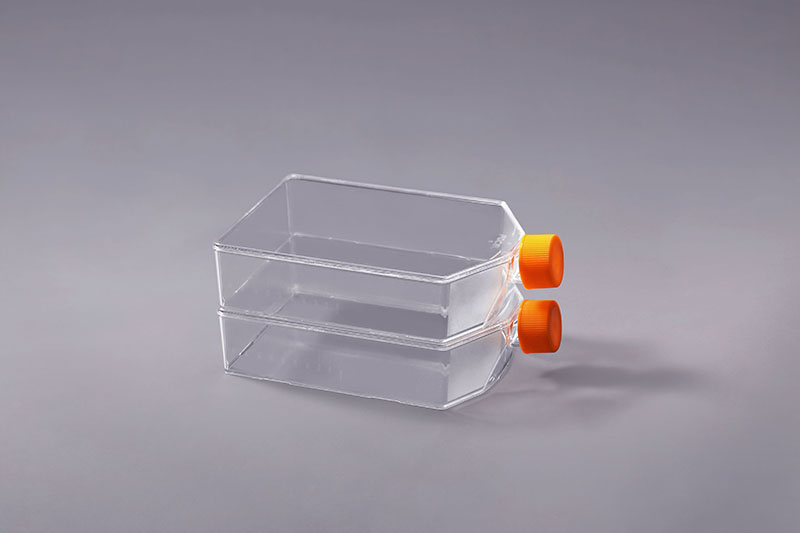세포 배양은 생체 외에서 내부 환경을 시뮬레이션하여 주요 구조와 기능을 생존, 성장, 번식 및 유지하도록 하는 방법을 말합니다. cell culture flask를 이용한 세포 배양 과정에서 다양한 문제에 부딪히게 됩니다. 세포 응집은 비교적 일반적인 유형입니다. 세포 배양의 초기 단계에 더 주의를 기울이면 이러한 상황을 피할 수 있습니다.
1. 배양 배지에 칼슘 및 마그네슘 이온이 존재하면 세포 덩어리가 쉽게 발생할 수 있으므로 세포를 세척할 때 칼슘-마그네슘이 없는 균형 염 용액을 사용하는 데 주의하십시오.
2. 매우 단단히 부착된 세포의 경우 여러 배치로 소화될 수 있으므로 세포에 대한 트립신의 손상을 크게 줄이고 세포의 양호한 상태를 보장하며 세포 덩어리를 피할 수 있습니다.
3. 너무 높은 세포 성장 밀도는 쉽게 세포 클러스터링으로 이어질 수 있습니다. 70%-80%의 밀도가 좋으며, 이는 세포 클러스터링의 가능성을 크게 줄일 수 있습니다. 세포가 콜로니로 성장했다면 먼저 저밀도로 세포를 통과시킨 다음 소화시켜 다음날 통과시킵니다. 세 번의 연속 통과 후 세포 덩어리는 점점 작아집니다. 여러 번 통과한 후 기존의 소화 방법과 시간을 따릅니다. 세포는 점차 개별 세포로 퍼집니다.
4. 세포가 특히 칩처럼 떨어질 가능성이 있도록 소화 과정에서 세포 배양 플라스크를 세게 흔들지 마십시오. 일단 세포가 현탁액에 빠지면 한 조각으로 치기가 어렵 기 때문에 세포가 떨어지기 전에 불어 열어야 소화 정도를 엄격하게 제어 할 수 있습니다.
세포 배양은 매우 깊은 지식입니다. 세포의 품질, 배양 배지의 조성 및 세포 성장 밀도는 모두 세포의 성장에 영향을 미칩니다. 세포 배양 플라스크에서 세포 덩어리를 방지하기 위해 위의 측면에서 제어하여 세포 배양 작업의 원활한 진행을 보장할 수 있습니다.
The FAI climbed 5.9 percent year-on-year in the first 11 months of 2018, quickening from the 5.7-percent growth in Jan-Oct, the National Bureau of Statistics (NBS) said Friday in an online statement.
The key indicator of investment, dubbed a major growth driver, hit the bottom in August and has since started to rebound steadily.
In the face of emerging economic challenges home and abroad, China has stepped up efforts to stabilize investment, in particular rolling out measures to motivate private investors and channel funds into infrastructure.
Friday's data showed private investment, accounting for more than 60 percent of the total FAI, expanded by a brisk 8.7 percent.
NBS spokesperson Mao Shengyong said funds into weak economic links registered rapid increases as investment in environmental protection and agriculture jumped 42 percent and 12.5 percent respectively, much faster than the average.
In breakdown, investment in high-tech and equipment manufacturing remained vigorous with 16.1-percent and 11.6-percent increases respectively in the first 11 months. Infrastructure investment gained 3.7 percent, staying flat. Investment in property development rose 9.7 percent, also unchanged.
 English
English



















































